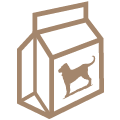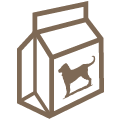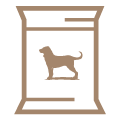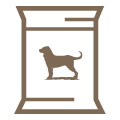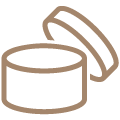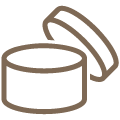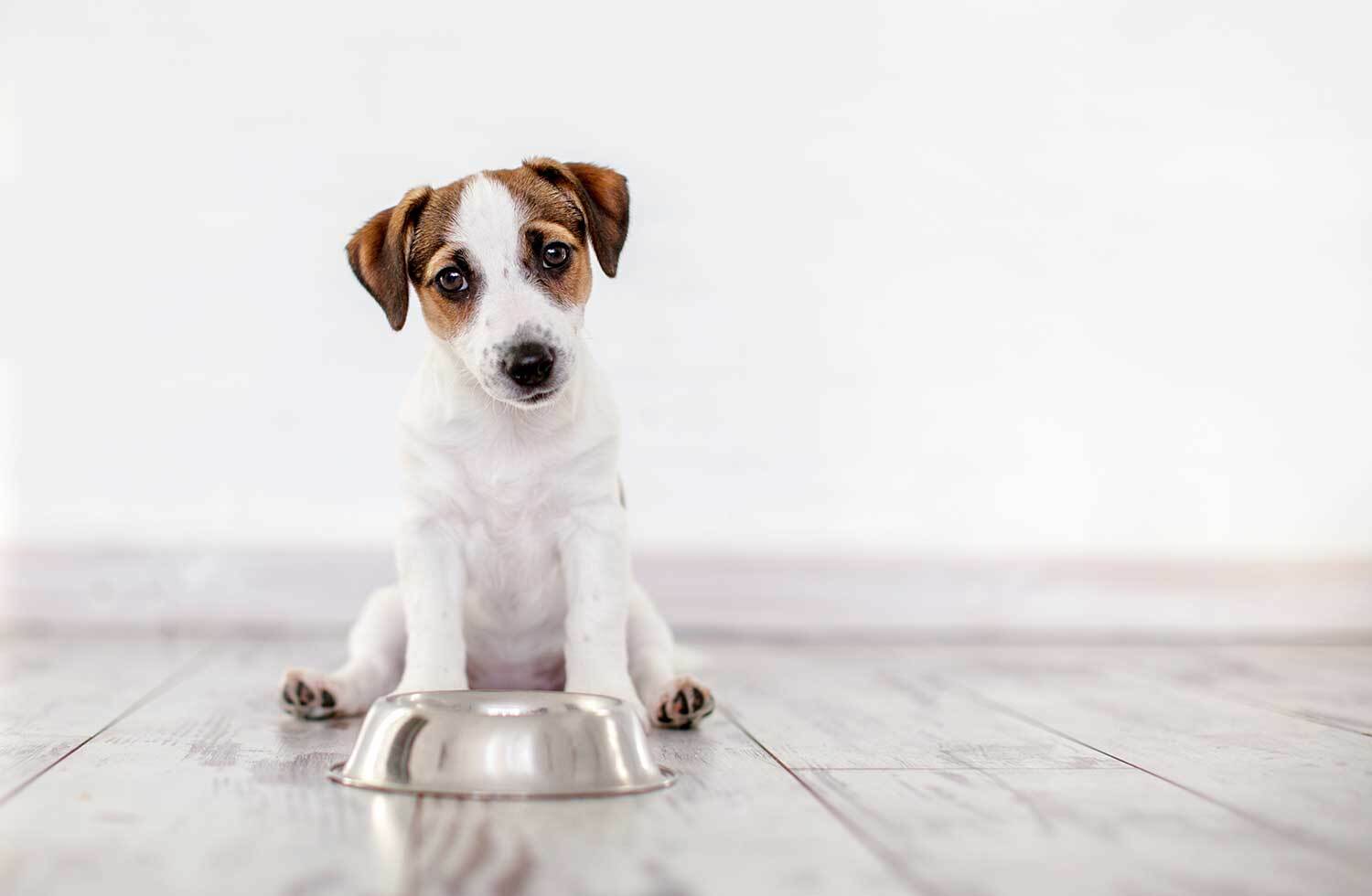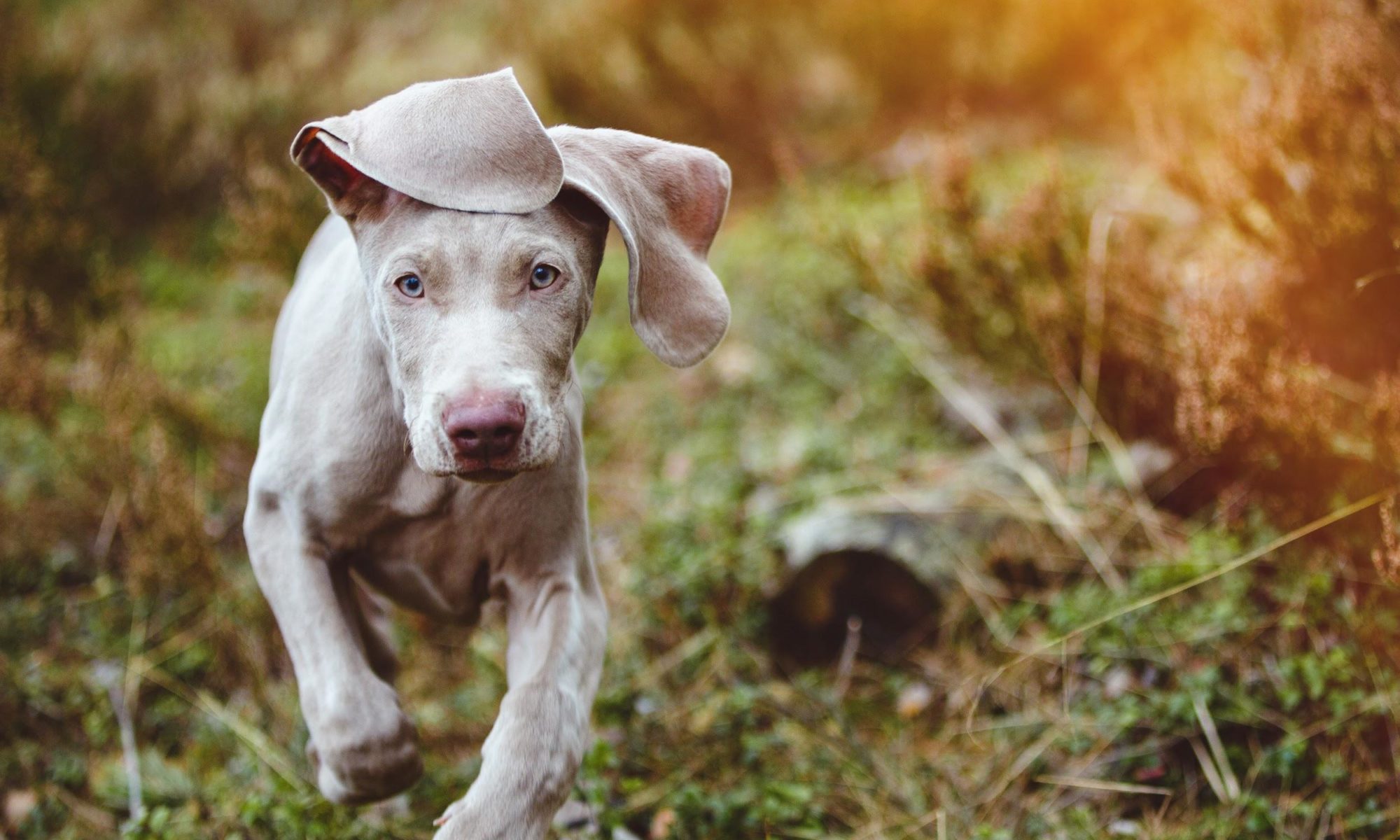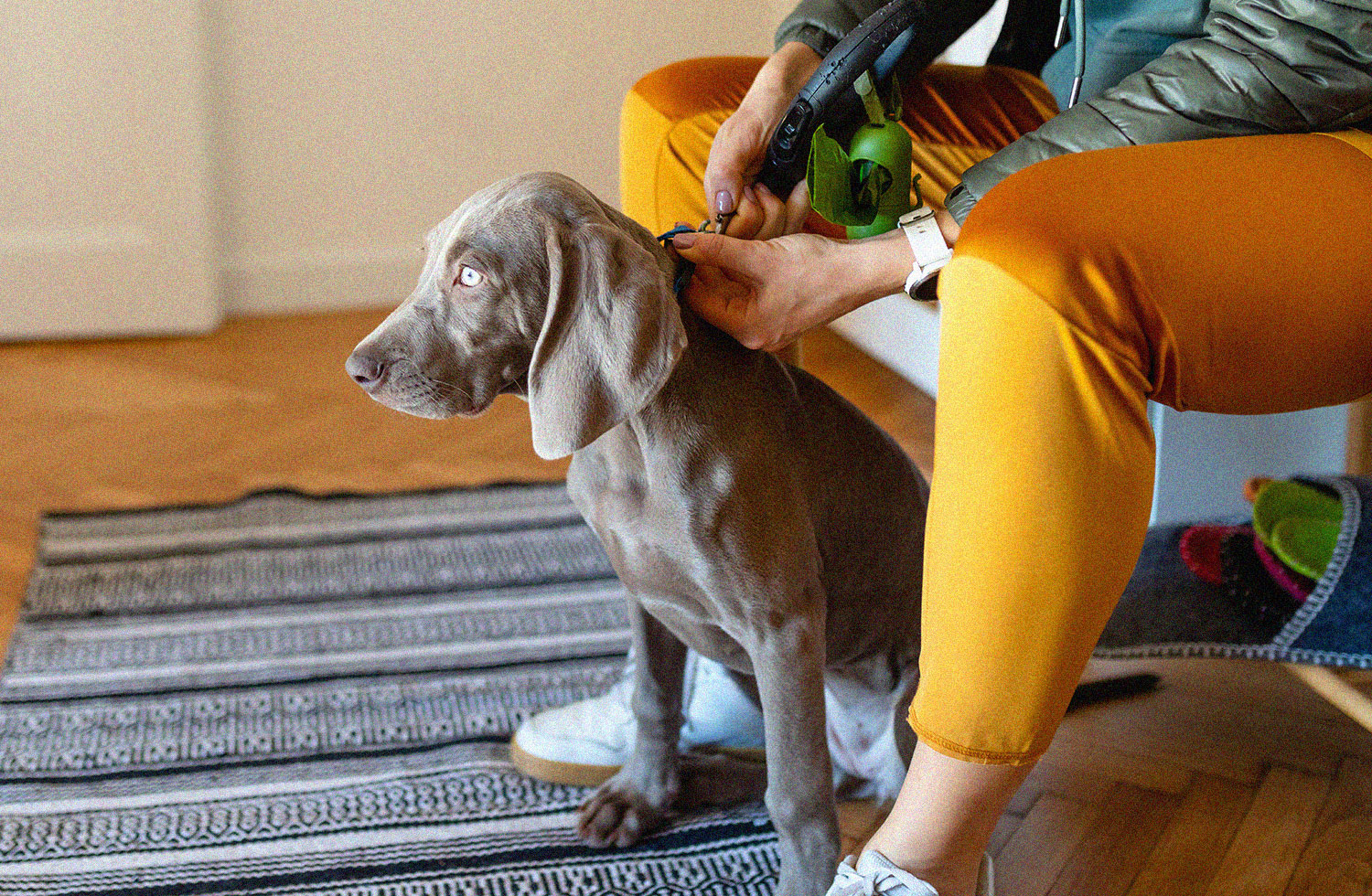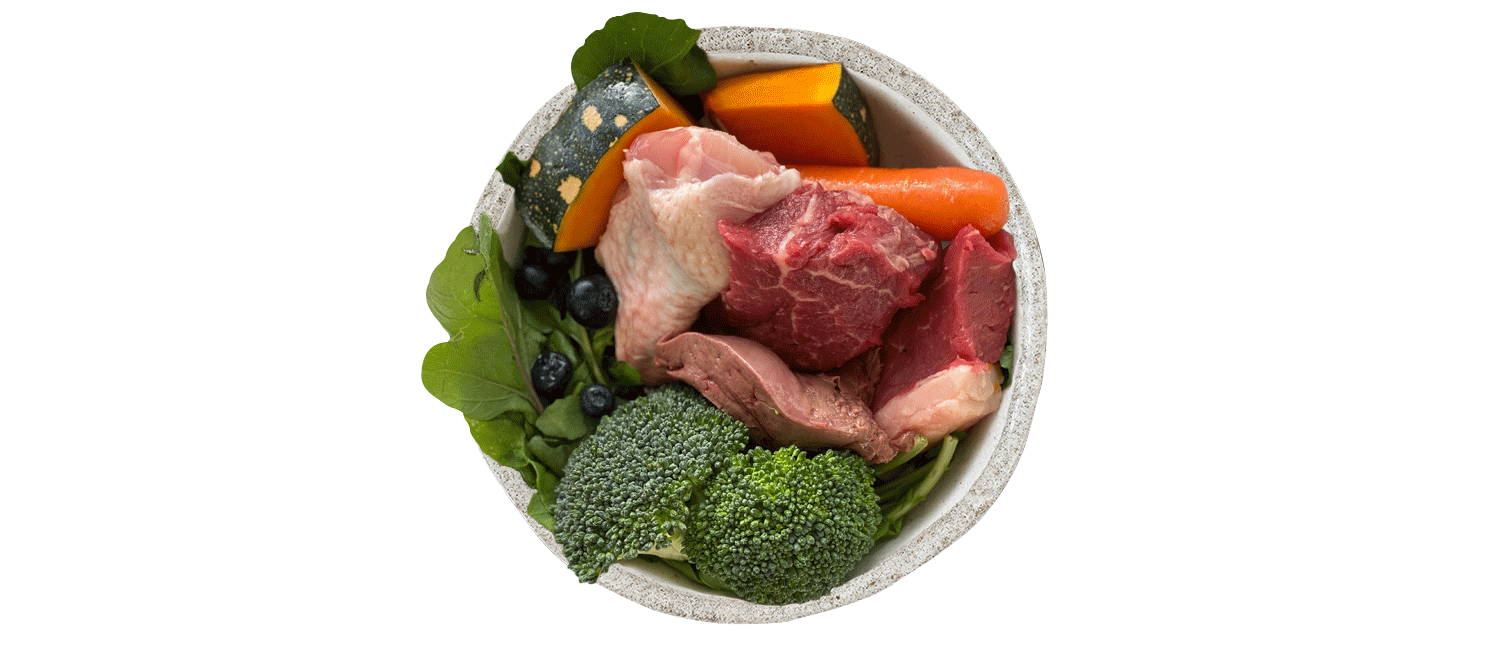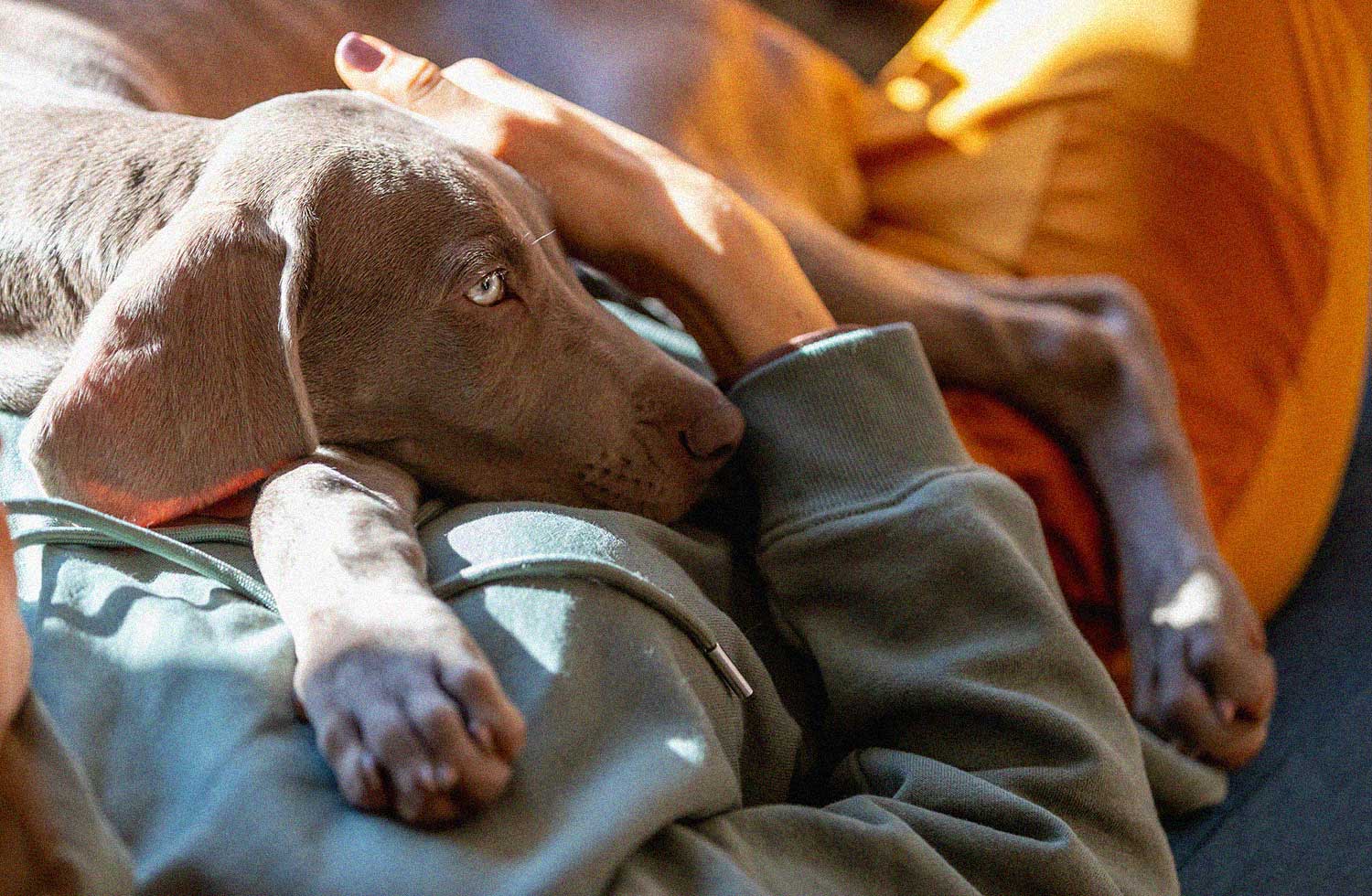Common myths around feeding raw food to your dog
OK, so in our last post we talked about the amazing benefits of a raw diet, and hopefully you’ve started exploring the wonderful world of fresh foods for your pets. But if you’ve done this, you’ve probably also come up against a few big scary warnings and maybe you’ve even lost your nerve.
Never fear!
People are sometimes surprised when they hear that I’m glad they’re nervous about raw feeding. But it’s not because I believe all the big scary warnings; it’s because nervous people tend to do have a better appreciation for how big the responsibility of feeding your pet is, and they tend to do more research. Unfortunately they also then tend to get even more nervous about the common raw feeding myths out there. If this is you, I want to cover a couple of the most common ones and hopefully put your mind a little at ease. To call these myths is not strictly true in every case, because there is some validity to some of these concerns; I think it is more appropriate to say some of these are risks, and it is definitely sensible to consider them. But I believe, when we look at the whole picture, that they are significantly outweighed by the corresponding benefits and nothing on this list should stop you from feeding a raw diet. And of course some of them are just plain ol’ wrong!
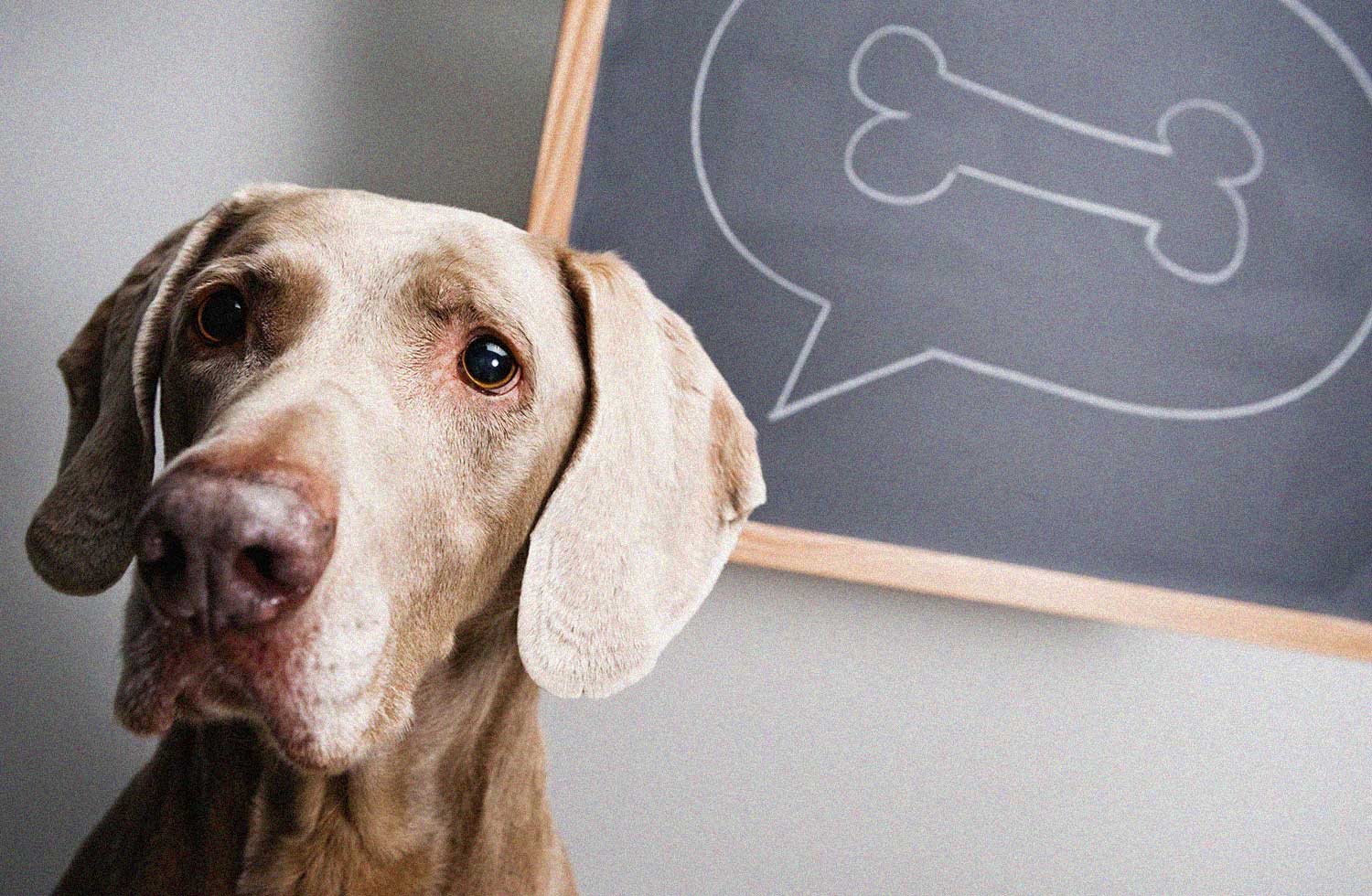
My dog will get (or give me) Salmonella poisoning!
This is extremely unlikely. Opponents of raw diets LOVE to fear monger about salmonella, and it is true that raw fed dogs can carry and shed salmonella, and of course we should always practice good food hygiene when preparing any food. But, according to the CDC, kibble fed dogs also carry salmonella and dry dog food is one of the possible contaminated foods they list on their website. In fact, it’s thought that up to 36% of all healthy dogs carry salmonella, regardless of what they are fed. And not all salmonella is pathogenic, many are harmless. Nevertheless, dogs have a stomach pH of around 1.5, which may be up to 100 times more acidic than humans,’ and fully capable of eliminating the vast majority of pathogenic bacteria. This is exactly why they are able to eat dodgy things they find on walks and seemingly never get sick.
Bones break teeth or cause intestinal injury
Bones are maybe the most contentious issue in the raw feeding world and they are not without risks. If you feed weight bearing bones from large animals (like cows), you may find they are too hard and can chip teeth. Cooked and dried bones can splinter and may cause issues the intestinal tract. But hard and cooked bones are not the kind we recommend when feeding a raw diet. We recommend raw bones, like necks, poultry wings or ruminant ribs, which are actually significantly softer and highly digestible for most dogs. This is because, as we’ve discussed, dogs have a gastric pH that is highly acidic for the very purpose of digesting things like bones. Bones also provide enormous dental health benefits and, for carnivorous animals, they are nature’s toothbrush. When you take into account that up to 80% of dogs these days have periodontal disease by the time they are just two, and that this leads to a life of paid and disease; keeping those pearly white clean is pretty bloody important!
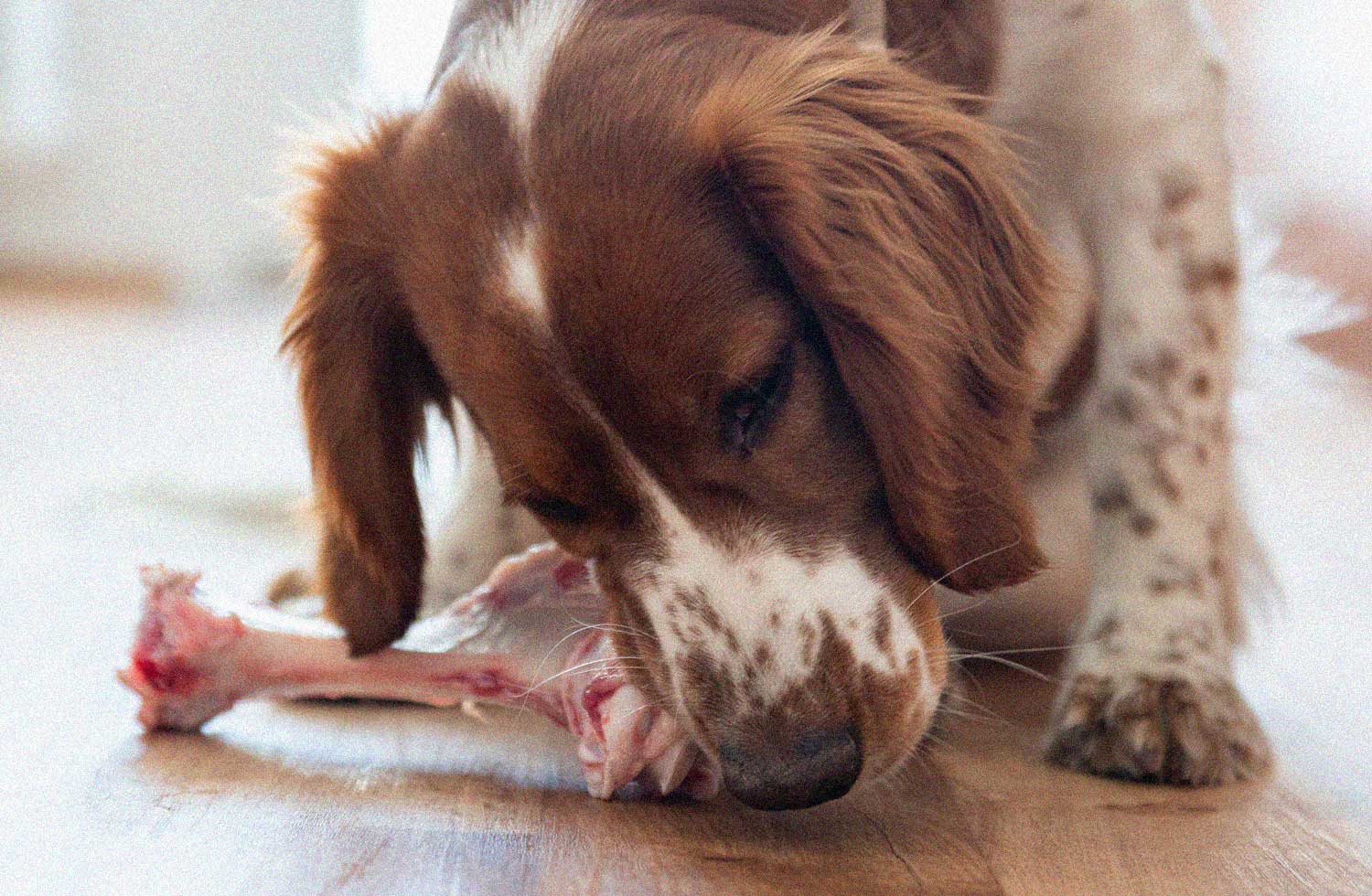
Dogs are omnivores and need carbohydrates
Possibly the most hotly debated topic when it comes to canine nutrition. It is perhaps not technically incorrect to call dogs omnivores because they do willingly eat some plant matter, unlike cats, who everyone seems to agree are obligate carnivores and don’t need any (which begs the question, “why does dry cat food exist?”). That being said, wolves are carnivores and dogs are basically biologically identical, so I am unsure when they “became” omnivores, but I suspect it was around the same time that processed pet food was invented. In any case, dogs show several markers that indicate they do not digest carbohydrates well, and the first is that they do not produce any salivary amylase, which is the enzyme we make in our mouths to digest starches. They produce very little pancreatic amylase, which places stress on the pancreas when large amounts of carbohydrates are in the diet. They also have a short digestive system that is unsuited to the type of fermentation required to digest plants. Oh, and even the internationally recognised nutrition standards that processed pet food uses (AAFCO/FEDIAF/NRC) all admit they have no carbohydrate requirement whatsoever.
The best food is in vet clinics!
This can be very confusing for well meaning pet owners because OF COURSE your vet would only sell and recommend the very best pet food on the market. But when we flip these bags over, we see grains, grains, grains, some more grains, a little bit of meat by-product meal and a whole lot of synthetic nutrients. The reasons behind this are very complicated and confusing for pet owners, but basically these companies make it very appealing for clinics to sell these foods; they have infiltrated the veterinary industry at almost every level, from publishing university textbooks to funding professional associations; and at the end of the day, most veterinarians are not nutrition experts. These are two different professions. Fortunately more and more vets are cluing on to this and lots are now supportive of species appropriate diets, you just have to hunt around a little.
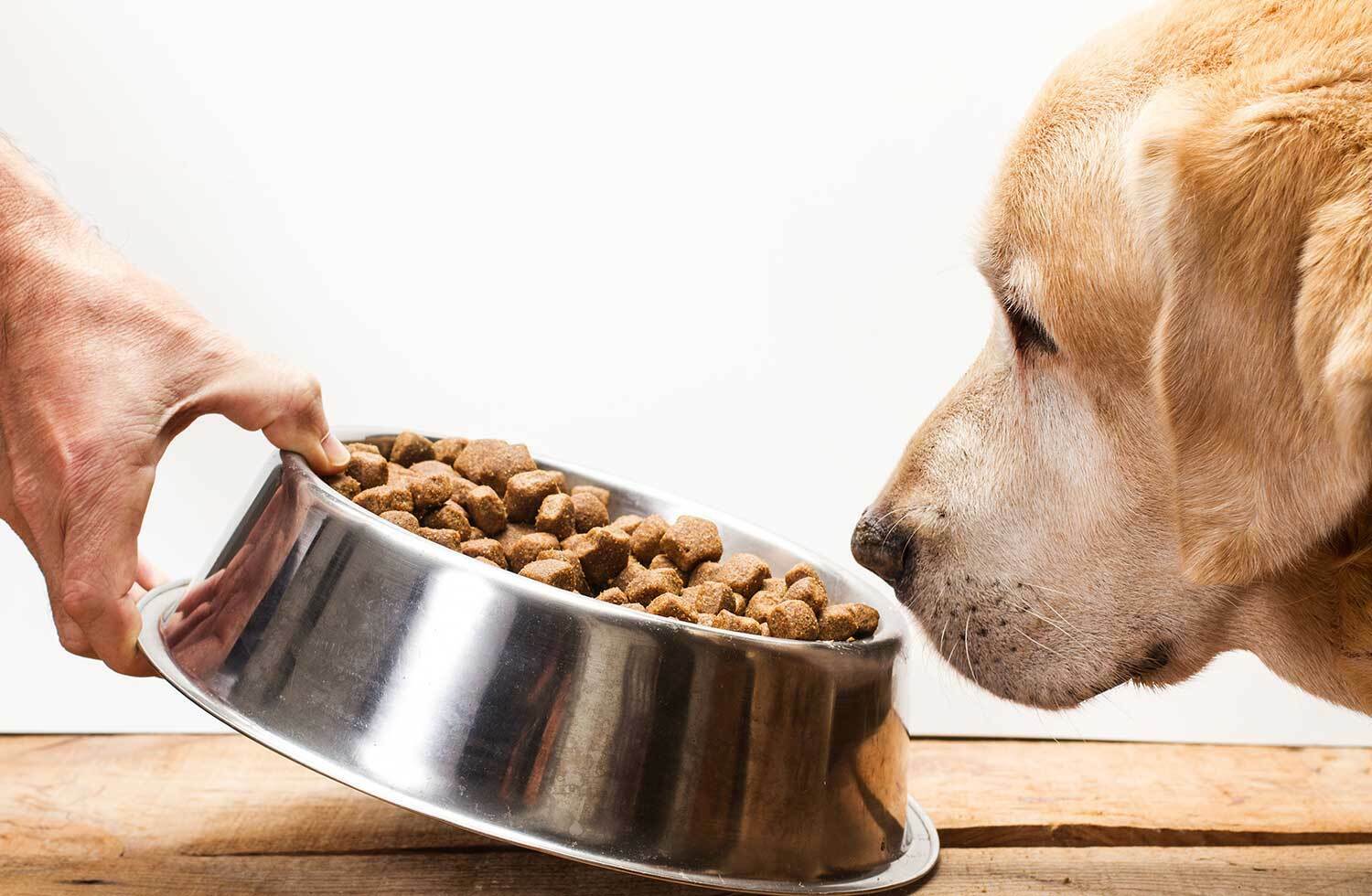
Kibble will clean your dogs teeth
Kibble does not clean teeth. Just like biscuits don’t clean your teeth. This is especially true for dogs, because their teeth are not flat and round like ours; they are sharp, pointy and jagged for hunting, ripping and tearing. This is an action that DOES clean teeth, whereas dogs will either swallow kibble whole or smash it with their sharp molars (ever seen kibble vomit? It’s always whole). Kibble will often not even come in contact with most teeth, and it does not scrape down the lower part of any teeth, which is where most dental disease begins. Dental disease is an epidemic in pets, and disease in the mouth can lead to bacteria spreading throughout the body. There is a whole canine dental industry that has developed in recent years which begs the question – why has this occurred if kibble cleans teeth ?
A raw diet will make my dog blood thirsty
Just… no. The only thing my raw fed dog has ever hunted and killed is a moth. If anything, a dog fed nutritious, whole foods has even less reason to hunt, and a dog fed an inappropriate, highly processed mono-food is probably more likely to go looking for suitable food!
There is no evidence a raw diet is better
This is a myth. None of the research processed pet food companies have commissioned demonstrates this, but why would they fund that research?! Research is extremely expensive and unfortunately this does present a significant obstacle for raw food producers and enthusiasts, who tend to be much smaller than the mega-confectionary corporations who make the majority of processed dog food. But there is still research that supports it! And more and more is emerging. A 5-year study published in 2003 found that dogs fed a high quality homemade diet lived up to 3 years longer than dogs fed commercial processed foods, and a 2017 study out of New Zealand found significantly more abundant good bacteria in the gut of raw fed dogs than kibble fed. There is also an abundance of scientific research, including the stuff out of commercial pet food research centres, that supports the indisputable fact that canine metabolic needs are best suited to a species appropriate diet. And don’t get me started on the anecdotal evidence (try it and find out for yourself!)
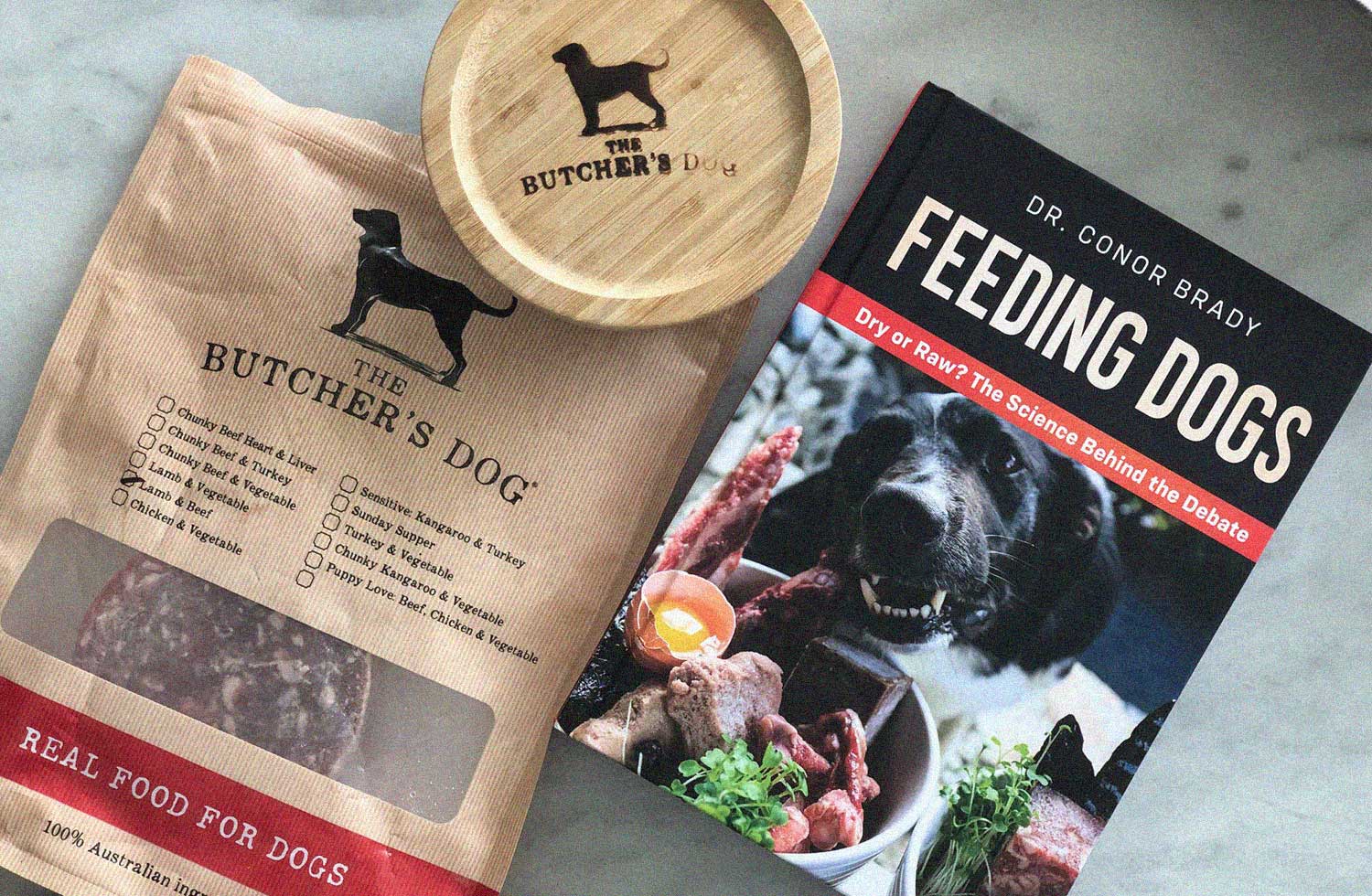
You can’t feed kibble with raw
There are lots of articles online about how you can’t feed raw and kibble together because it will be unbalanced, or because they digest at different rates or even because a raw fed dog has a different stomach pH to a kibble fed dog. Most of these make very little sense from a scientific perspective, and largely seem to be scare tactics from either side. Studies have shown that kibble fed dogs do not have an elevated stomach pH, so they are well equipped to handle all foods, either together or in separate meals. Similarly, whether the food is kibble or raw does not significantly impact the speed it is digested. Different macronutrients are broken down at different stages in the digestive process regardless of the food source, and the very clever digestive system is well equipped to figure this puzzle out (have you ever eaten a hamburger? Kind of like that!).
Ensuring the nutritional balance of the diet when feeding both kibble and raw is something you will need to watch, but providing both foods are well balanced and nutritionally robust, dividing the meals between them won’t inherently create issues. Adding some raw to kibble can be a great way to ease into a new diet, both for you and your dog.
Nutritional inadequacies
This one is not so much a myth but an important factor that must be accounted for. It is very possible to create a homemade diet with nutritional inadequacies; in fact it’s quite challenging to create a homemade diet without nutritional inadequacies unless you are very experienced. But it is not impossible by any means and, just like us, dogs don’t need to eat every single essential nutrient in every meal in a carefully formulated equation. Meeting your pets nutritional needs doesn’t mean you can’t feed a raw diet, it just means that you must ensure all of the essential nutrients are provided in the diet over an appropriate period of time.
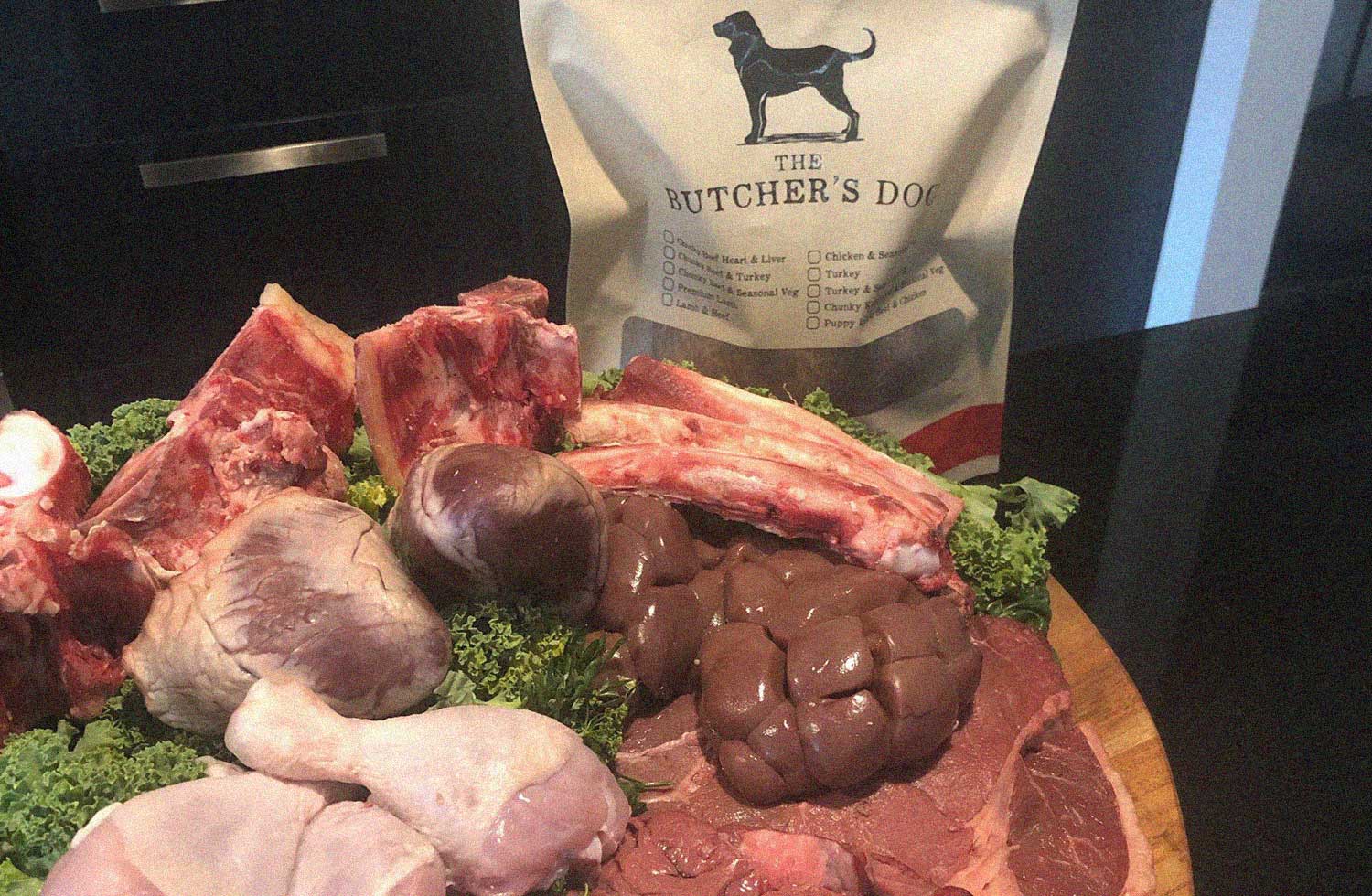
- E. P. Miller, Ahle N. W. and DeBey M. C. (2010) Food Safety (pp 225-249) in Hand M.S. (Ed), Thatcher C.D. (Ed), Remillard R.L (Ed), Roudebush P (Ed), Novotny B.J, (Ed) Small Animal Clinical Nutrition 5th Edition
- Wiggs R.B., Lobprise H.B. Periodontology in: Veterinary Dentistry, Principles and Practice: Philadelphia, Lippincott Raven, 1997, pp 186-231.
- Lippert, G. and Sapy, B. 2003. Relation Between the Domestic Dogs’ Well-Being and Life Expectancy.
- Bermingham EN, Maclean P, Thomas DG, Cave NJ, Young W. 2017. Key bacterial families (Clostridiaceae, Erysipelotrichaceae and Bacteroidaceae) are related to the digestion of protein and energy in dogs. PeerJ 5:e3019 https://doi.org/10.7717/peerj.3019






